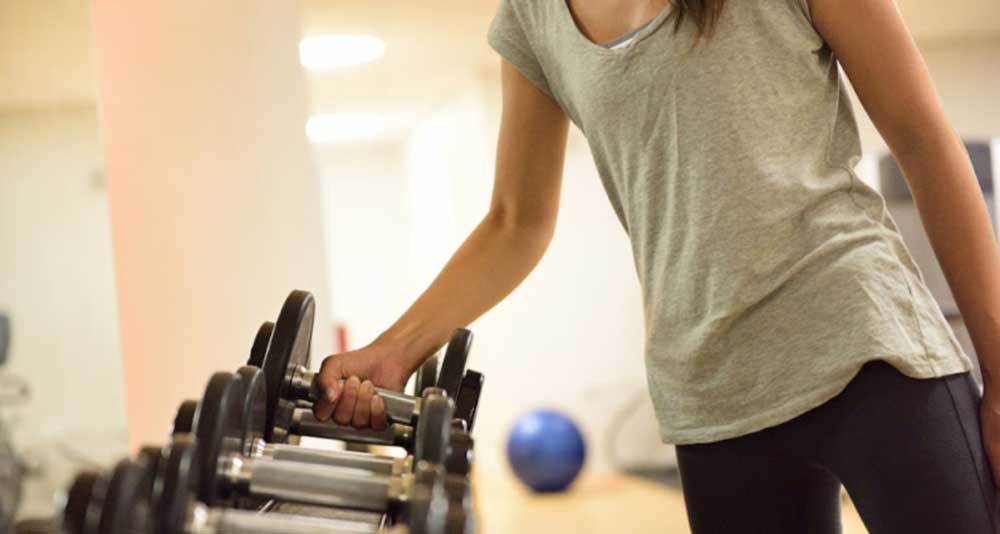
Staying fit is a life-long endeavour of committing our bodies and minds to a healthy lifestyle. There will be, however, times when we slack off on our workout routine for extended times for various reasons – illness, injuries, vacation or just plain laziness. How long will it take for our bodies to get out of shape and cause us to have to start all over again to regain fitness?
I can tell you from personal experience that it doesn’t take long. Although I am an avid exerciser, I have noticed that taking ten or more days off with no activity, for whatever reason, has affected me both physically and mentally. Physically in the sense that I have to put in some extra work to get back to my max push-pull weight . . . and my body starts feeling sluggish. This feeling of sluggishness affects me mentally because I know that I am missing my regular routines and am losing strength and vascularity, which are part of my fitness goals.
The longer you stop exercising the longer it will take to regain the your former conditioning and the harder you have to work to get back to it. Our bodies are smart and want to accommodate our needs.
Exercising puts certain demands on the body and it is able to meet those demands by making adjustment to our physiology. For example, if you do 100 push up every other day then your body will step up to the challenge to accomplish this – it will take in more oxygen, supply more blood to your arms and chest muscles, and strengthen the muscles and joints related to the movements. When we stop doing push-ups then our bodies is accommodating. It will stop supplying the extra energy to those muscles since it’s not need any more. The muscles then will atrophy from lack of use. Look at before and after pictures of most bodybuilders and many professional athletes. While they are in training for their competition or sport they are in top shape but after they stop training or after their playing days are over they look out of shape.
Also as we age our energy level diminish and we tend to gain more weight and lose strength and muscularity. This starts happening as early as our thirties and early forties.
Cardio recovery is different from strength recovery. In the latter it takes about two to three weeks to start losing strength where as lung and heart recovery from cardio exercises takes less time. In as little as 10 to 12 days we begin to lose the capacity to use oxygen efficiently during exercise.
Generally, the rate of muscle atrophy is determined by the length of time you have been working out, which in turn tells how quickly your body will recover after starting up again. So if you have been exercising for five to six days per week for over a year it won’t take as long to regain you fitness level compared to someone who has been exercising for only a few months.
The thing to remember here is that your body has muscle memory and it won’t take as long to get back to where you left off. Of course taking off more than a month will require more time to get back to your glory days since you have to get over the mental hump of psyching yourself up to start again. In addition, you will have to go through the muscle discomfort of starting again.
We all skip a few days of exercising now and then and it’s OK. As a matter of fact it’s important to take some time off to give your body a chance to recover from the stress that exercise does to it. During the time off you can do light workouts to include stretching and some bodyweight exercises. Using resistance bands is a great way to accomplish both of these things. They are easy to use, are very transportable and are great aid for recovery from injuries.
Another important factor to keep in mind when taking time off for whatever reason is to maintain a proper diet. If you start eating the types of foods that are conducive to weight gain and sluggishness then it will take that much longer to recover strength and fitness. Maintain a healthy diet when you take any time off from your consistent activity program and practice stress-reduction meditation.
Visit How to Prevent Pre-diabetes for more information or click on the book image to the right of this page.
